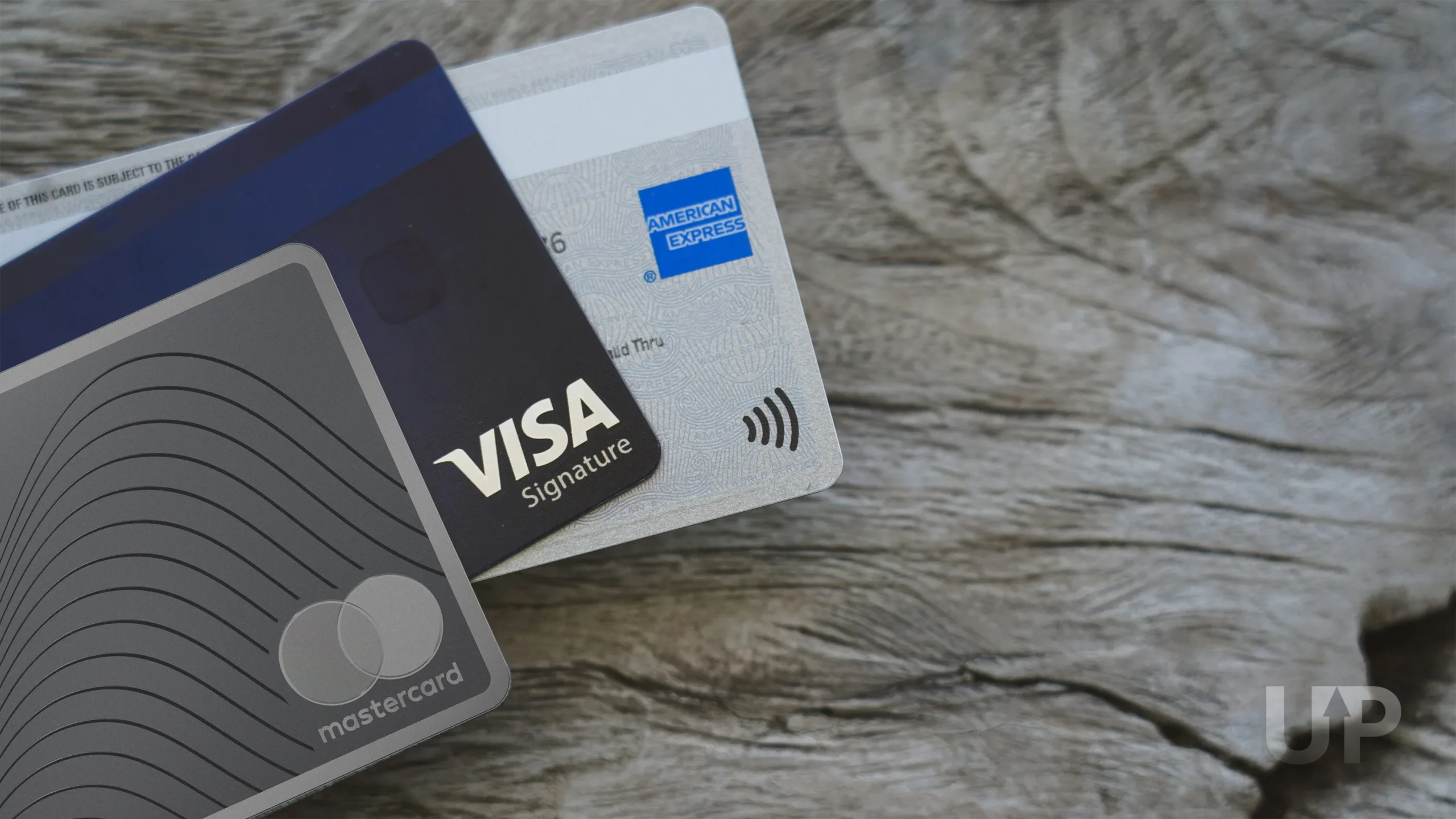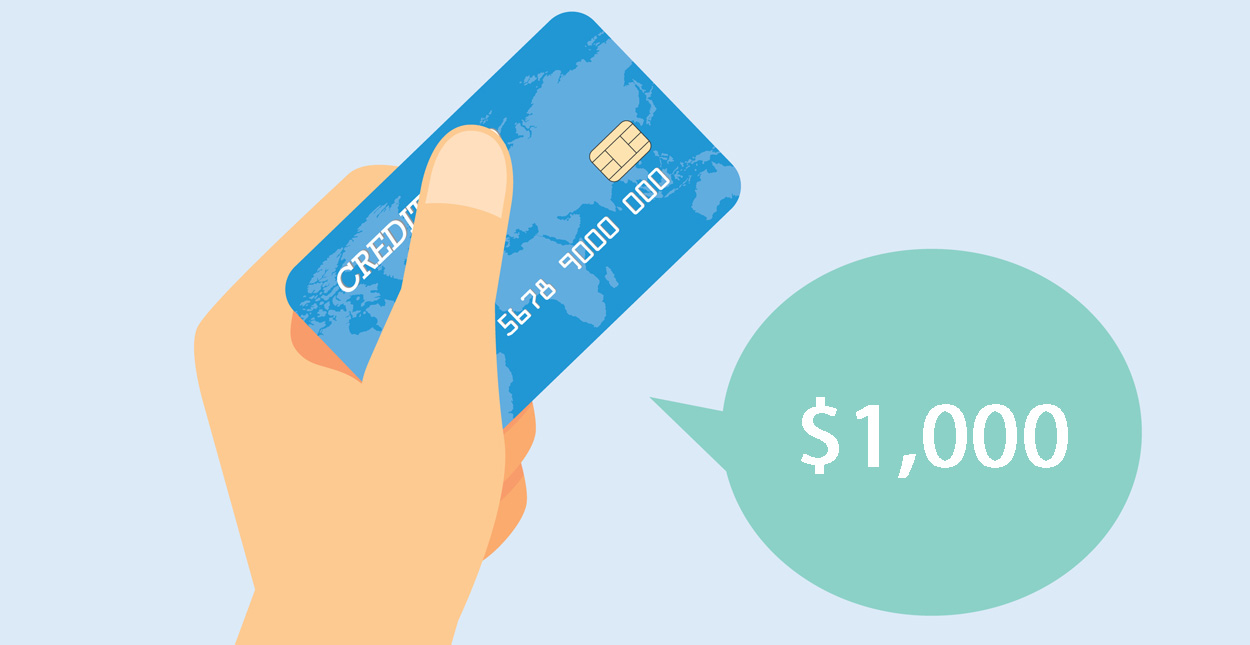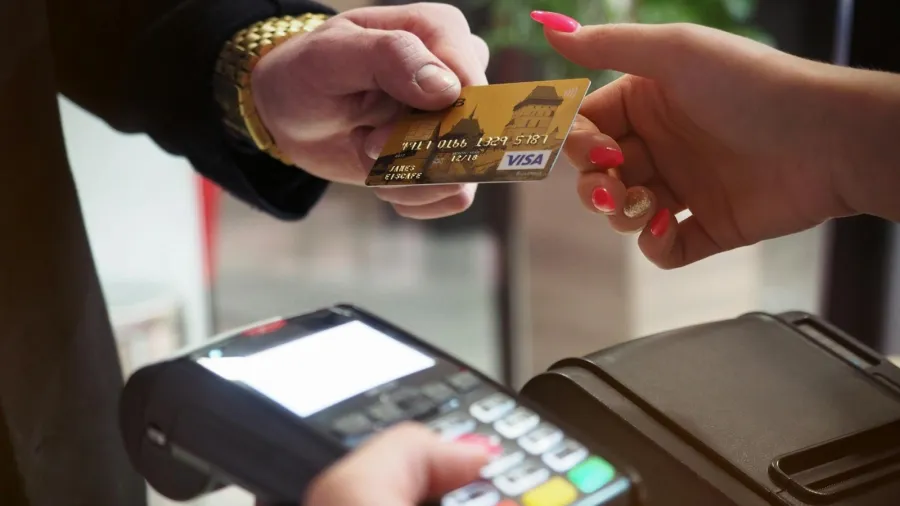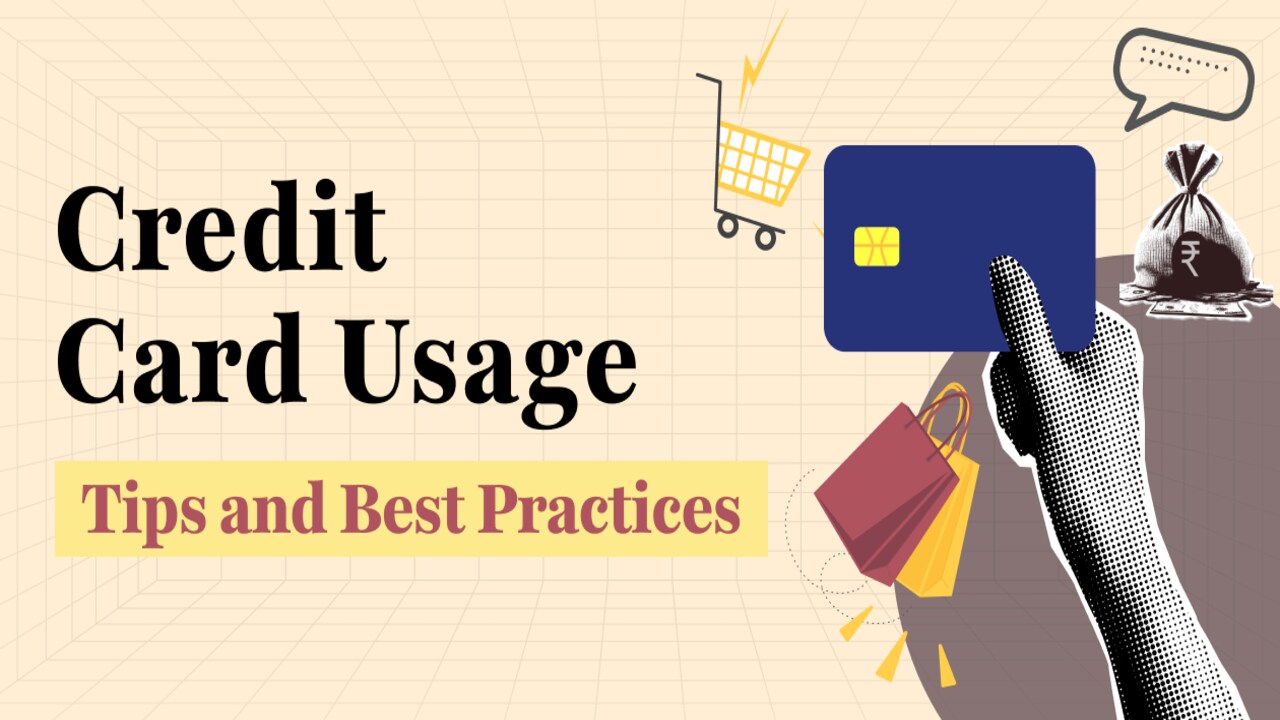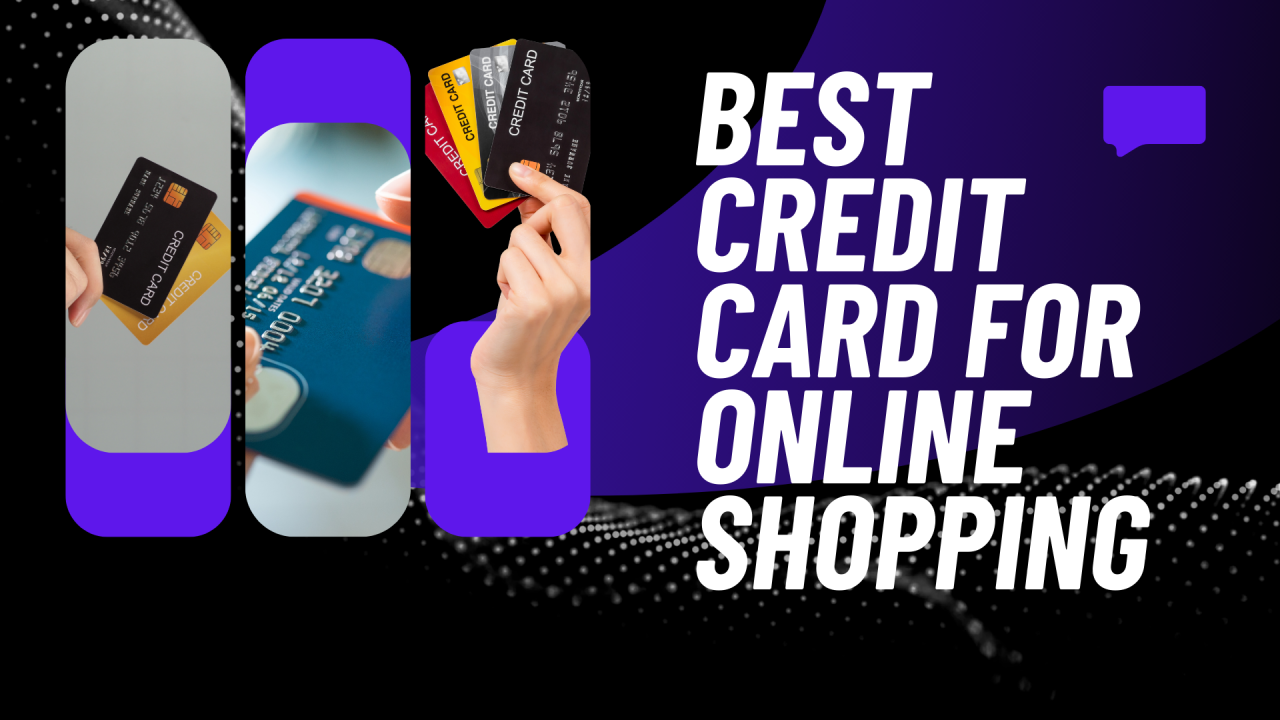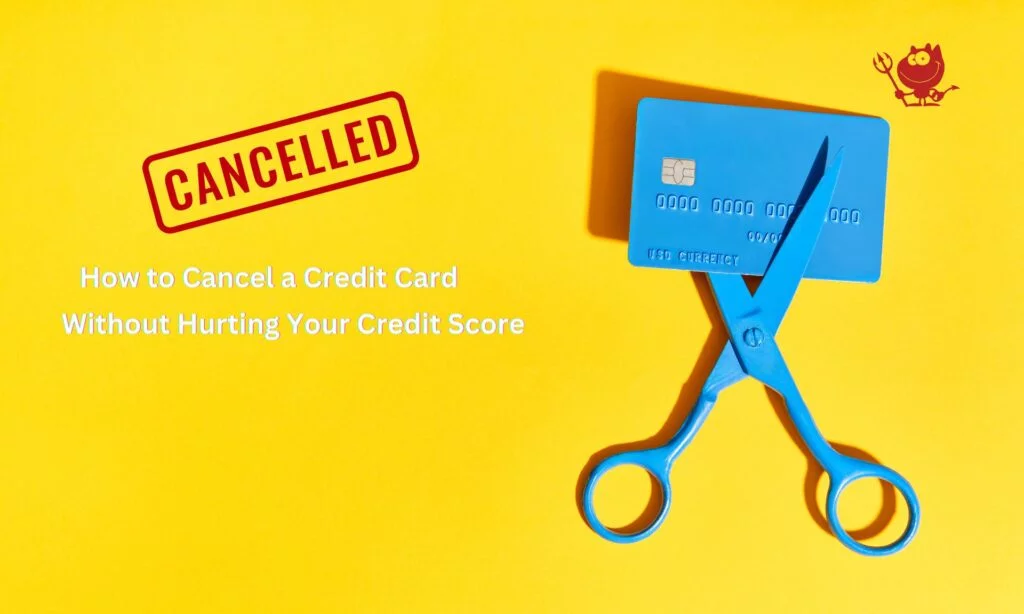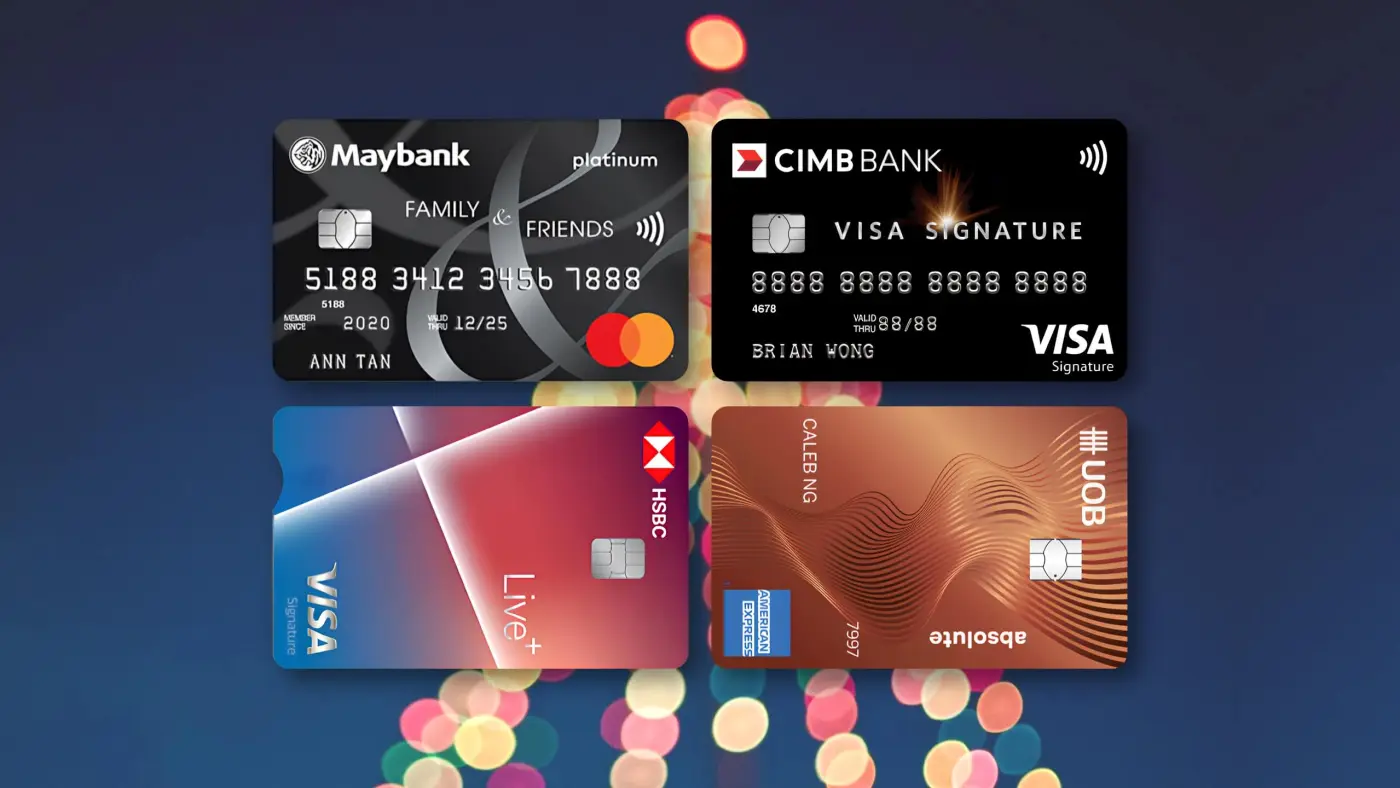In the digital age, the convenience of using a credit card comes with a constant threat of fraud. Scammers and cybercriminals are always developing new and sophisticated methods to steal your credit card information, leaving you with unauthorized charges and a sense of financial vulnerability. Staying one step ahead of these fraudsters requires vigilance, a proactive approach to security, and a clear understanding of the latest scam warnings. This comprehensive guide will equip you with the knowledge you need to identify the most common credit card scams, provide practical tips to protect yourself, and outline the steps to take if you fall victim to fraud.
The Most Common Credit Card Scams Today
The world of credit card fraud is constantly evolving. While some scams are timeless, new ones emerge as technology advances. Here are some of the most prevalent scams you should be aware of.
Phishing and Vishing Scams
- Phishing: This is the most common form of fraud. You receive an email that appears to be from a legitimate source, such as your bank or a major retailer. The email will often contain a link to a fake website that looks identical to the real one, and it will ask you to “verify” your account information, including your credit card number and password. These emails often contain a sense of urgency to trick you into acting without thinking.
- Vishing: This is the voice equivalent of phishing. You receive a phone call from a scammer who claims to be from your bank or a government agency. They will use a tactic of fear or urgency, such as claiming your account has been compromised or a large transaction is pending, to pressure you into providing your credit card details over the phone.
How to Avoid: Never click on a link in an email you were not expecting. Never give your credit card information over the phone to a caller you did not initiate contact with. If you receive a suspicious call, hang up and call the number on the back of your credit card to verify the claim.

Skimming
Skimming is a physical form of credit card theft. Scammers place a small, hidden device called a “skimmer” over a legitimate card reader on an ATM, gas pump, or point-of-sale terminal. When you swipe your card, the skimmer reads and stores your card information, and a hidden camera often captures your PIN.
How to Avoid: Always physically check a card reader before using it. Give it a gentle tug to see if there’s an attached device. Cover the keypad with your hand when entering your PIN. Be wary of ATMs or gas pumps that look tampered with or have loose parts.
Data Breaches and Malware
This is a large-scale form of fraud that is often out of your control. Hackers gain access to a company’s database and steal credit card information from millions of customers. This data is then sold on the dark web. Malware and viruses on your personal computer can also be used to steal your credit card information when you are shopping online.
How to Avoid: Use strong, unique passwords for all your online accounts. Use a secure, reputable VPN when on public Wi-Fi. Only shop on secure websites . Be cautious about giving your credit card information to a company, especially if they have a history of data breaches.
Social Media and Fake Contest Scams
Scammers use social media to run fake contests or offers, claiming you have won a prize but need to pay a small “processing fee” or provide your credit card information to claim it. These are designed to steal your credit card details under the guise of a win.
How to Avoid: Be skeptical of any contest or offer that seems too good to be true. Legitimate companies will never ask for your credit card information to deliver a prize. Do a quick search online to see if the contest is real.
Practical Tips to Protect Yourself
Being aware of the scams is the first step; taking proactive measures is the second. Here are some daily habits that can significantly reduce your risk.

Online Shopping Safely
- Use Reputable Websites: Stick to well-known, established online retailers.
- Look for “HTTPS”: The “s” in “https://” stands for secure and indicates that the website uses encryption to protect your data.
- Use a Secure Connection: Avoid making purchases on public Wi-Fi networks.
Protecting Your Physical Card
- Never Let Your Card Out of Sight: When you pay at a restaurant, watch as they swipe your card or go to the terminal yourself.
- Check Your ATM and Gas Pump: As mentioned earlier, physically check the card reader and keypad for any abnormalities.
Monitoring Your Accounts and Credit Report
- Check Your Statements Regularly: Review your credit card statement as soon as it arrives. Look for any suspicious or unauthorized charges, no matter how small.
- Sign Up for Alerts: Most banks offer text or email alerts for every transaction. This allows you to immediately spot a fraudulent charge.
- Monitor Your Credit Report: Regularly check your credit report to look for new accounts or hard inquiries you did not authorize.
Setting Up Alerts and Two-Factor Authentication
- Transaction Alerts: Set up real-time notifications from your bank for every transaction.
- Two-Factor Authentication: Use two-factor authentication (2FA) on all your banking and shopping accounts. This provides an extra layer of security and makes it much more difficult for a scammer to access your accounts.
What to Do If You’ve Been Scammed
If you discover that your credit card information has been stolen, you need to act quickly.
Immediate Actions
- Contact Your Bank Immediately: Call the number on the back of your credit card. Explain the situation and have them lock or cancel the card immediately.
- Dispute the Charges: Your bank will start a fraud investigation and will guide you through the process of disputing the unauthorized charges.
Reporting the Fraud
- File a Police Report: If you believe the fraud was a result of a physical theft or a large-scale scam, it may be beneficial to file a police report.
- Report to Authorities: You can report scams to a government consumer protection agency, which helps them track and investigate fraudulent activities.
The Process of Disputing Charges
Thanks to federal laws and the policies of card issuers, you have a high level of protection against fraud. Most card issuers have a zero-liability policy, which means you are not responsible for unauthorized charges. Your bank will investigate the claims and, if they are determined to be fraudulent, the charges will be removed from your account.
Final Conclusion: The Power of Vigilance
The world of credit card fraud is a constant battle between scammers and consumers. However, you are not helpless. By being vigilant, informed, and proactive, you can significantly reduce your risk of falling victim to a scam. By monitoring your accounts, protecting your information, and knowing what to do if the worst happens, you can ensure that your credit card remains a tool of convenience and security, not a source of financial stress.


